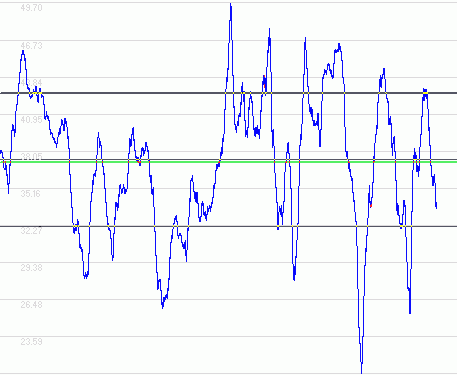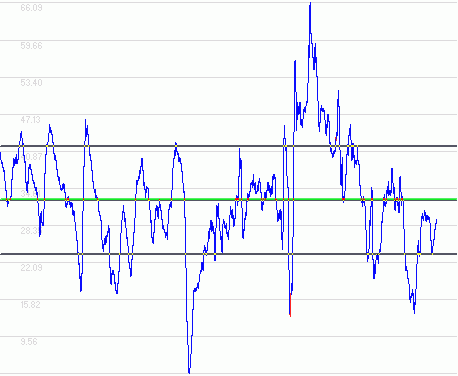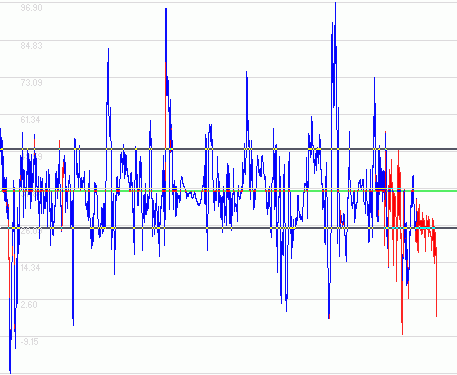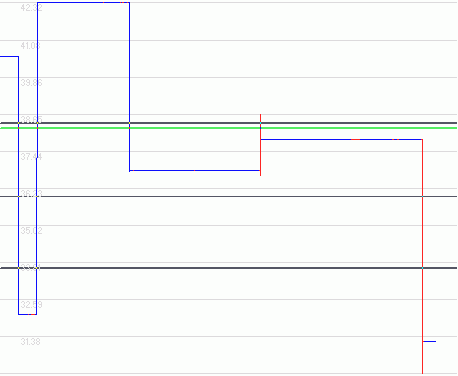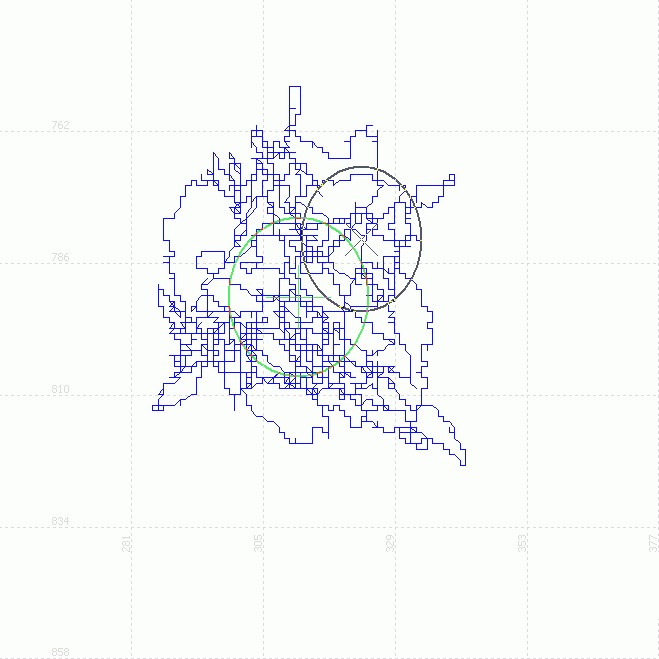
| Statistic | ATMEL Antaris 4 | Nemerix | SiRF Star III | RF Microdevices |
| Mean Average Latitude | xx degrees xx.x792 minutes | xx degrees xx.x794 minutes | xx degrees xx.x795 minutes | xx degrees xx.x819 minutes |
| Mean Average Latitude Std Dev | 2.364m | 2.991m | 4.361m | 3.695m |
| Mean Average Longitude | xxx degrees xx.x312 minutes | xxx degrees xx.x317 minutes | xxx degrees xx.x320 minutes | xxx degrees xx.x330 minutes |
| Mean Average Longitude Std Dev | 1.725m | 1.933m | 3.032m | 2.369m |
| Mean Average Altitude | 37.25m | 32.82m | 36.98m | 38.22m |
| Mean Average Altitude Std Dev | 5.186m | 9.085m | 12.660m | 2.693m |
| Least Squares Average Latitude | xx degrees xx.x782 minutes | xx degrees xx.x791 minutes | xx degrees xx.x788 minutes | xx degrees xx.x806 minutes |
| Least Squares Average Latitude Std Dev | 2.153m | 2.978m | 4.306m | 3.478m |
| Least Squares Average Longitude | xxx degrees xx.x323 minutes | xxx degrees xx.x327 minutes | xxx degrees xx.x323 minutes | xxx degrees xx.x326 minutes |
| Least Squares Average Longitude Std Dev | 1.484m | 1.745m | 3.027m | 2.349m |
| Least Squares Average Altitude | 37.44m | 32.67m | 37.87m | 35.99m |
| Least Squares Average Altitude Std Dev | 5.184m | 9.083m | 12.645m | 2.366m |
| HDOP less than or equal 1.0 | 45.7 percent | 47.1 percent | 25.2 percent | 48.4 percent |
| HDOP greater than 1.0 but less than or equal to 2.0 | 54.1 percent | 52.7 percent | 69.4 percent | 49.7 percent |
| HDOP greater than 2.0 | 0.3 percent | 0.1 percent | 5.4 percent | 1.9 percent |




